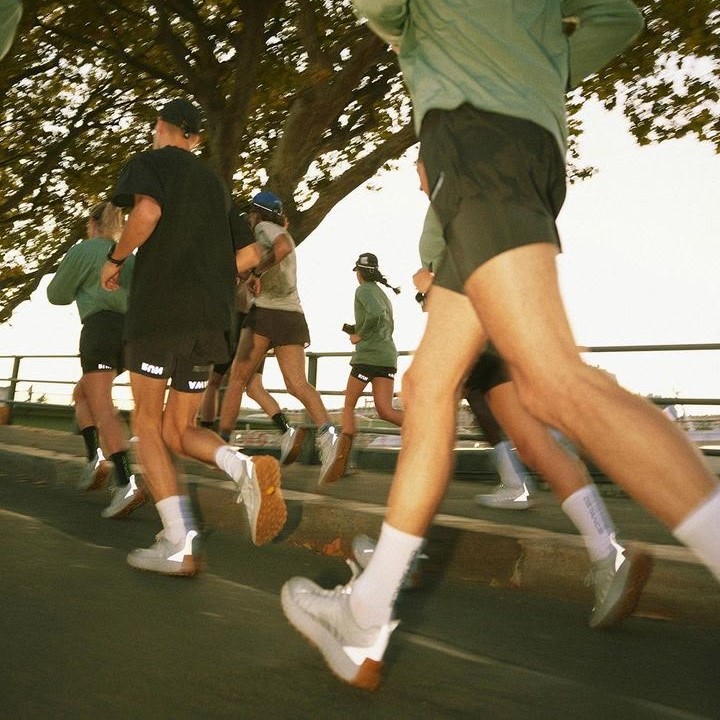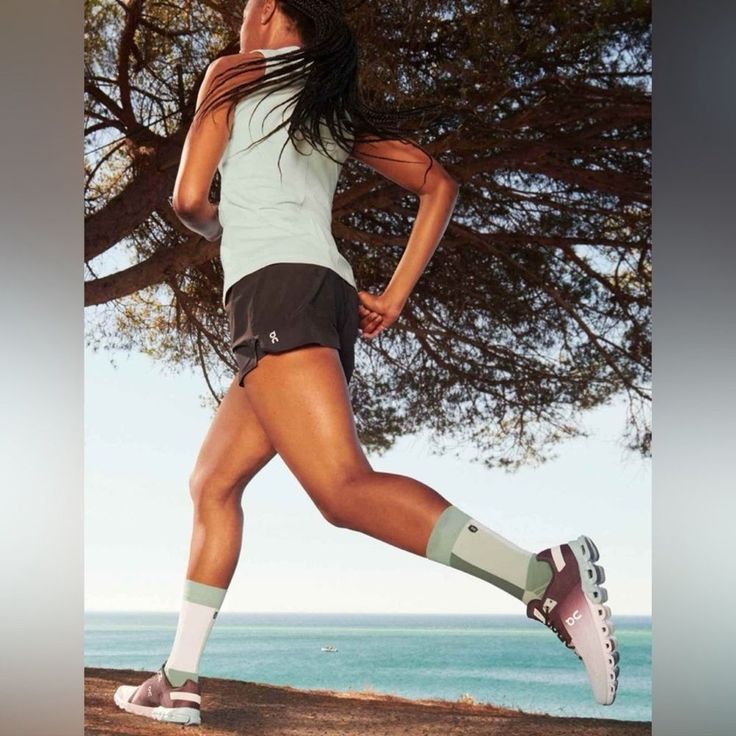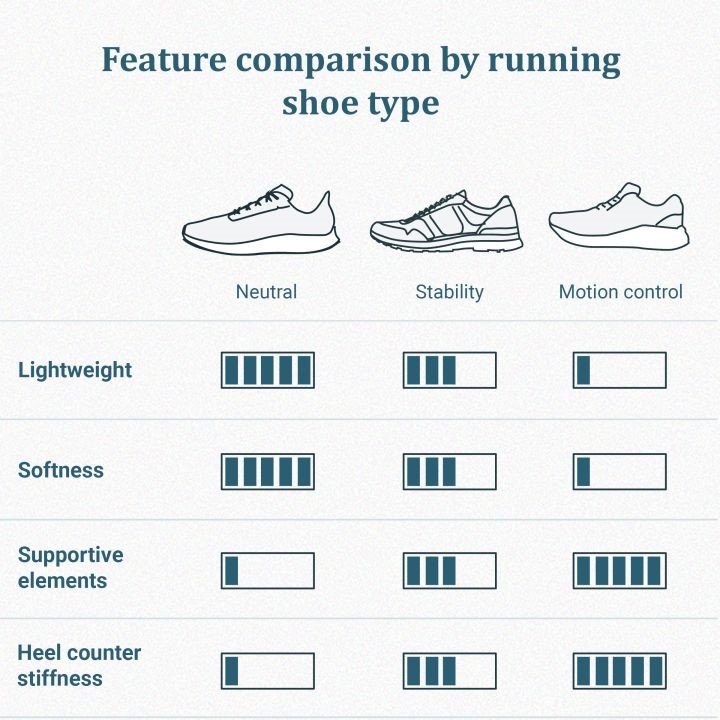Introduction
When it comes to running, having the right pair of shoes is crucial. Knowing how to size running shoes properly can make all the difference in your performance and comfort. Incorrectly sized shoes may lead to discomfort, blisters, or even injuries like plantar fasciitis or shin splints. This article provides a step-by-step guide to help you find the perfect fit for your feet. Whether you’re a beginner or an experienced runner, understanding shoe sizing will enhance your experience on the track or trail.
Properly fitting shoes provide support, cushioning, and stability. They also improve efficiency by aligning your stride correctly. Let’s explore what factors influence shoe sizing and how you can measure your feet accurately.

The importance of proper sizing extends beyond just avoiding pain—it impacts overall health and performance. For example, poorly fitted shoes might force unnatural movements that strain muscles over time. With that in mind, let’s dive deeper into why accurate sizing matters so much for runners.
Understanding the Importance of Correct Shoe Fit
The first step in learning how to size running shoes is understanding why fit matters. Shoes that are too tight restrict blood flow and cause pain, while overly loose ones fail to offer adequate support. Both scenarios negatively impact your running form and increase the risk of injury. Additionally, improperly sized shoes can affect your gait, leading to inefficient energy use during runs.
To ensure the best fit, consider these key points:
- Foot shape varies from person to person. Some have wide feet, narrow heels, or high arches.
- Feet swell throughout the day, so try on shoes later in the afternoon for accurate sizing.
- Always wear the same type of socks you plan to use during runs when trying on new shoes.
- Pay attention to toe room, heel fit, and arch support—all play critical roles in ensuring comfort and stability.
By focusing on these details, you set yourself up for success in selecting the right pair of running shoes. Remember, no two feet are identical, so finding the perfect match requires patience and precision.
Step-by-Step Guide to Measure Your Feet at Home
Measuring your feet at home is simple but essential for finding the correct size. Follow these steps to determine your shoe size accurately:
- Gather Supplies: You’ll need a piece of paper, a pen, and a ruler.
- Position Your Foot: Place one foot on the paper, ensuring it’s flat and aligned with the edges.
- Trace Around Your Foot: Use the pen to trace closely around your foot. Make sure the line stays as close to your foot as possible without lifting the pen.
- Measure Length and Width: With the ruler, measure the longest and widest parts of the tracing. Compare these measurements to a shoe size chart.
- Repeat for Both Feet: Most people have slightly different-sized feet, so always check both. Note down the larger measurement since shoes should accommodate your bigger foot.
These measurements give you a baseline for shopping. However, keep in mind that brands may vary in sizing, so testing shoes in-store remains important. Additionally, some charts differentiate between men’s and women’s sizes, so double-check which one applies to you.
Tips for Trying On Running Shoes in Stores
Once you’ve measured your feet, visiting a store allows you to test potential pairs. Here are some tips for trying on running shoes effectively:
- Bring Your Running Socks: Wear the socks you intend to use during runs for consistency. Thin or thick materials can alter the fit significantly.
- Check Toe Room: Ensure there’s about half an inch of space between your longest toe and the front of the shoe. This extra room prevents discomfort as your feet expand during exercise.
- Test Arch Support: Walk or jog around the store to feel if the arch support matches your needs. High-arched feet require firmer cushioning, while flat feet benefit from more flexibility.
- Evaluate Heel Fit: The heel should be snug but not restrictive. Avoid slipping or pinching sensations. If your heel moves excessively, the shoe might be too big.
- Consider Weight Distribution: Lean forward slightly and notice how your weight feels distributed across the sole. Uneven pressure could indicate poor alignment.
Taking time to assess each pair thoroughly helps identify which shoes work best for your specific foot structure. Don’t rush this process—your feet deserve the attention!
Common Mistakes to Avoid When Sizing Running Shoes
Even with guidance, mistakes happen when sizing running shoes. Here are common errors to watch out for:
- Ignoring Width: Many runners focus only on length, neglecting width considerations. Wide or narrow feet require specialized fits. Brands often label their models as “wide” or “narrow,” so look for those options if needed.
- Assuming One Size Fits All: Different brands and models vary significantly in sizing. Never assume your usual size applies universally. Always refer to individual brand charts.
- Skipping In-Store Testing: Online charts provide estimates, but nothing beats physically trying on shoes. Virtual tools cannot replicate real-world conditions.
- Overlooking Seasonal Changes: Feet tend to swell more in warmer weather, so adjust accordingly based on the season. Buying shoes in summer might mean opting for a slightly larger size than winter purchases.
Avoiding these pitfalls ensures you end up with shoes tailored to your unique needs. Small adjustments now can prevent major issues later.
Benefits of Investing in Properly Sized Running Shoes
Choosing the right running shoes offers numerous benefits beyond comfort. For instance, well-fitted shoes reduce the likelihood of overuse injuries such as Achilles tendonitis or knee pain. They also enhance overall performance by promoting natural foot movement and maintaining balance.
Additionally, proper sizing contributes to better posture and alignment, making long-distance runs less taxing on your body. Many runners report increased confidence and enjoyment once they switch to appropriately sized footwear. These advantages highlight why investing time into learning how to size running shoes pays off in the long run.
From beginners to seasoned athletes, everyone benefits from precise sizing. It transforms running from a chore into a joyful activity where every step feels effortless and supportive.
Maintenance Tips for Extending the Life of Your Running Shoes
After finding the perfect fit, maintaining your shoes ensures longevity. Here are some maintenance tips:
- Rotate Pairs Regularly: Alternating between two pairs gives each set time to recover between uses. This practice reduces wear and tear while keeping both pairs fresh.
- Clean After Runs: Wipe down shoes after workouts to remove sweat, dirt, and moisture buildup. Use mild soap and water for fabric components, but avoid soaking leather parts.
- Replace Laces as Needed: Frayed laces compromise fit; replace them promptly to maintain security. Choose durable replacements designed specifically for athletic shoes.
- Store Properly: Keep shoes in a cool, dry place away from direct sunlight to prevent material degradation. Stuff them with newspaper to retain shape and absorb odors.
Following these practices extends the lifespan of your investment, allowing you to enjoy comfortable runs for longer. Proper care keeps your shoes performing optimally, even after months of use.
Advanced Techniques for Ensuring Perfect Fit
For runners seeking additional precision, advanced techniques exist to refine the fitting process further. Consider these strategies:
Foot Scanning Technology
- Advanced Services: Many specialty running shoe stores now offer cutting-edge 3D foot scanning technology, which provides an innovative way to analyze your foot shape.
- Digital Analysis: This technology captures detailed scans of your feet, revealing specific contours and dimensions that may not be easily measured using traditional methods.
- Personalized Insights: The results from foot scans can uncover unique nuances and characteristics of your foot, such as arch height and pressure points, which are crucial for selecting the right shoe.
- Enhanced Fitting: Using the data from these scans can lead to a more accurate shoe fitting, significantly improving comfort and support while reducing the risk of injury.
Custom Orthotics
- Address Pain Issues: For individuals who experience recurring pain, discomfort, or instability while running, custom orthotic inserts can provide significant relief when paired with properly sized shoes.
- Root Cause Identification: Orthotics are designed to address underlying foot conditions, such as flat feet or high arches, which may contribute to running issues.
- Professional Guidance: It’s important to consult a qualified podiatrist or orthopedic specialist to obtain personalized recommendations and ensure the orthotics cater effectively to your specific foot structure.
- Long-Term Benefits: Investing in custom orthotics can enhance your running experience by improving alignment, increasing stability, and minimizing the risk of injury over time.
Try Multiple Brands
- Diverse Options: Don’t confine yourself to a single brand or shoe style when searching for the perfect running shoes. Different brands offer unique features and fits, catering to various preferences and needs.
- Testing Is Key: It’s essential to try on multiple shoes and take the time to test them out, assessing comfort and fit to determine what works best for your individual biomechanics.
- Foot Type Considerations: Each manufacturer designs shoes for specific foot shapes, and understanding your own foot type can aid in the selection process, ensuring that you find the right match.
- Flexibility in Choice: Embracing variety not only helps you find the ideal shoe but also allows you to discover new technologies and designs that can enhance your running performance.
Combining traditional methods with modern innovations ensures the most accurate results possible. Embrace technology while staying grounded in practical knowledge.
Conclusion: Mastering How to Size Running Shoes for Optimal Performance
In conclusion, mastering how to size running shoes empowers you to select footwear that enhances your running experience. By measuring your feet accurately, avoiding common mistakes, and prioritizing proper fit, you minimize risks of injury and maximize comfort. Remember, taking care of your shoes ensures they take care of you during every run.
Whether you’re training for a marathon or enjoying casual jogs, the right shoes make all the difference. So next time you shop for running shoes, apply these tips to find the perfect match for your feet. Happy running—and happy sizing!



